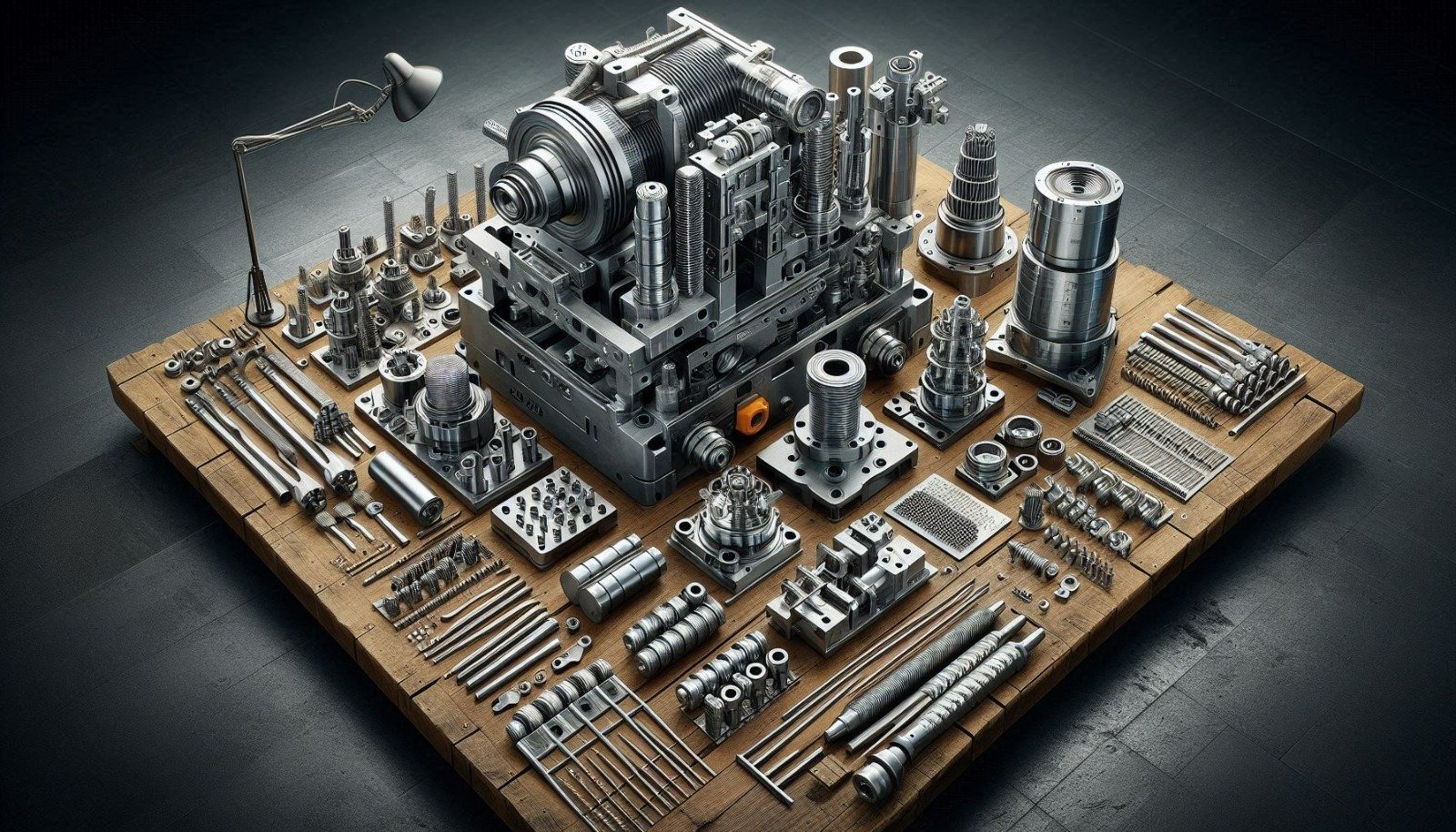Connection Elements Used in Energy Transmission Lines
Energy transmission lines play a critical role in the efficient transfer of electrical energy. The connection elements used in these lines are the backbone of the system, ensuring reliable and effective operation. This article provides an in-depth look at the connection elements commonly used in energy transmission lines.
Insulators
Insulators in energy transmission lines ensure the safe transfer of electrical energy by preventing damage to other components. In high-voltage lines, the choice of material and design of insulators is crucial. The primary function of insulators is to guide the electrical current in a controlled manner and to prevent electrical leakage, thereby ensuring environmental safety. This is vital for both human safety and the efficient functioning of the system.
Insulators in energy transmission lines ensure the safe transfer of electrical energy by preventing damage to other components. In high-voltage lines, the choice of material and design of insulators is crucial. The primary function of insulators is to guide the electrical current in a controlled manner and to prevent electrical leakage, thereby ensuring environmental safety. This is vital for both human safety and the efficient functioning of the system.
- Importance of Material and Design: The performance of insulators depends on the materials used and their design features. Materials like porcelain, glass, and polymer are commonly preferred for insulator production. The durability of these materials ensures that the insulators remain reliable and long-lasting against high voltage and adverse weather conditions.
- Types of Insulators: Porcelain insulators are known for their durability, while polymer insulators stand out due to their lightweight and high resistance. The choice of insulator type may vary depending on the characteristics of the transmission line and environmental conditions.
- Importance of Maintenance: Regular maintenance of insulators supports the safe and efficient operation of the energy transmission system. Pollution, cracks, or other damage can negatively affect the performance of insulators. Therefore, regular maintenance is important for the early detection and resolution of potential issues.
Conductors
Conductive materials such as copper and aluminum are the main components that carry energy along the line. The proper selection of conductors directly affects the efficiency of the energy transmission line. The conductivity and resistance to environmental factors of these materials determine the overall performance of the system.
Conductive materials such as copper and aluminum are the main components that carry energy along the line. The proper selection of conductors directly affects the efficiency of the energy transmission line. The conductivity and resistance to environmental factors of these materials determine the overall performance of the system.
Connection Clamps
Connection clamps used in transmission lines ensure strong and reliable connections between elements. Clamps made from durable materials such as stainless steel show high resistance to environmental effects and enhance the longevity of the line.
Connection clamps used in transmission lines ensure strong and reliable connections between elements. Clamps made from durable materials such as stainless steel show high resistance to environmental effects and enhance the longevity of the line.
Grounding Systems
Grounding systems are critical for the safety of energy transmission lines. These systems keep excessive voltage under control and ensure electrical safety along the line. They also help prevent potential malfunctions in the energy transmission system.
Grounding systems are critical for the safety of energy transmission lines. These systems keep excessive voltage under control and ensure electrical safety along the line. They also help prevent potential malfunctions in the energy transmission system.
In conclusion, the connection elements used in energy transmission lines play a vital role in the reliability and efficiency of power transfer. The correct selection and regular maintenance of these components ensure the smooth operation of energy transmission systems. With technological advancements, more effective and sustainable energy transmission solutions are expected in the future.



































